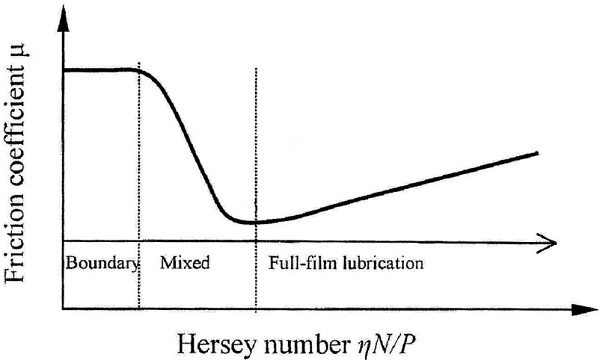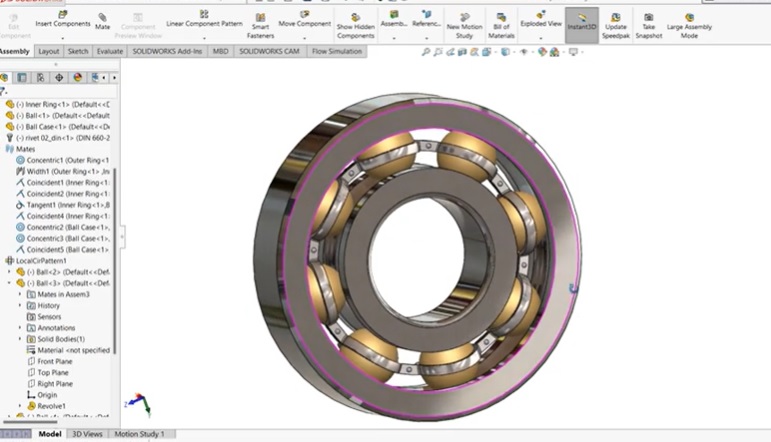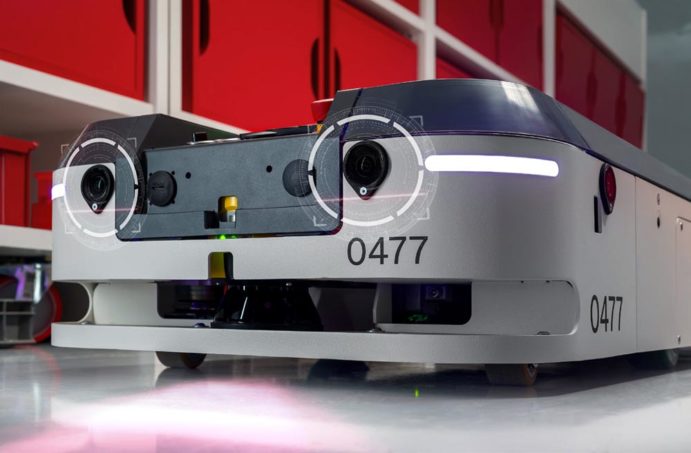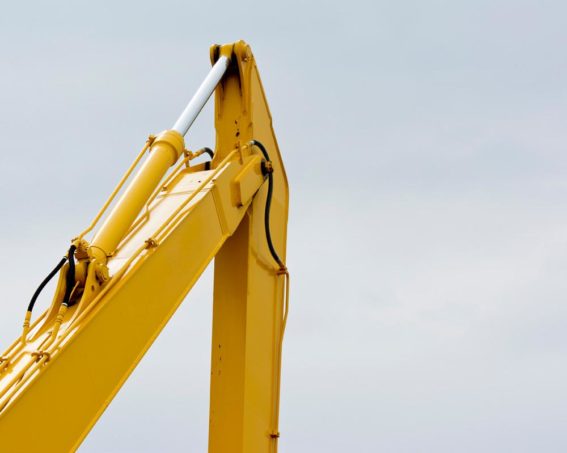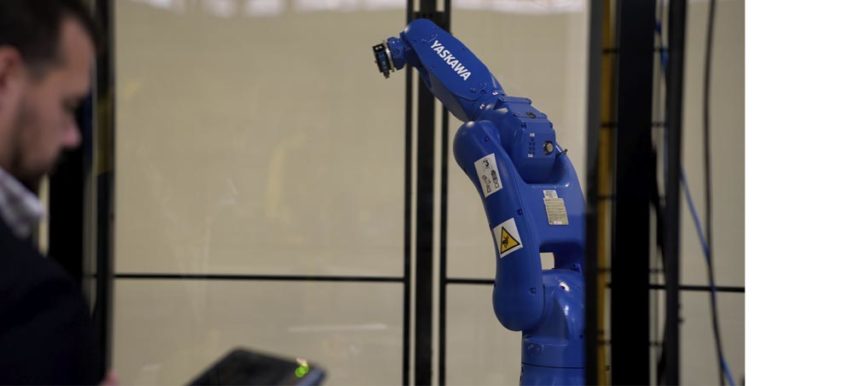The Stribeck Curve
Figure 1—The original Stribeck curve for conformal contact (Ref. 1).
This review of Ref. 1 summarizes the conclusions of test data and numerical simulations showing that Stribeck curves for counterformal contact are different from Stribeck curves for conformal contact.
Stribeck Curve
Figure 1 shows the original curve of Stribeck (Refs. 2–4), which was further developed by Hersey (Ref. 5) who plotted the Stribeck curve versus the dimensionless Hersey number. The original Stribeck curve was developed for journal bearings, which have conformal contact characterized by the lubricant film’s relatively low pressure and low shear strain rate. Under these conditions, lubricants behave as a Newtonian fluid where fluid friction continuously increases with speed once the journal lifts off the bearing in the full-film hydrodynamic lubrication regime. Note that Figure 1 is shown with a logarithmic x-axis to expand the boundary regime.
Nomenclature
h = Absolute viscosity, Pa.s
N = Rotational speed, rps
P = Average pressure, psi
Figure 2 shows an experimental traction curve from Ref. 1 for counterformal elastohydrodynamic lubrication (EHL) as a function of the slide-to-roll ratio (SRR). It shows that the friction coefficient initially increases linearly from zero due to Newtonian behavior of the lubricant under low shear conditions (low SRR). However, this happens only within a very narrow range of SRR near zero SRR. As the SRR increases beyond about ±0.1, the shear stress within the lubricant film reaches the limiting shear strength of the non-Newtonian film. Beyond SRR = ±0.1, the friction coefficient typically decreases due to reduction of the limiting shear strength caused by temperature increase of the lubricant film in the contact zone resulting from heat generation in the film when sliding velocity becomes high.
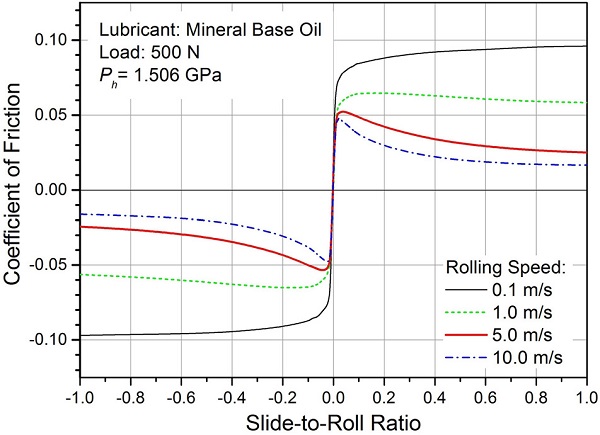 Figure 2—Experimental traction curve for counterformal EHL contact (Ref. 1).
Figure 2—Experimental traction curve for counterformal EHL contact (Ref. 1).
Figure 3 shows an experimental Stribeck curve from Ref. 1. Comparing Figures 1 and 3, it is evident that the friction behavior is similar in the boundary and mixed-film regimes, but very different in the full-film regime where the friction coefficient continuously decreases as the speed increases for counterformal contact (Figure 3), whereas the friction coefficient continuously increases for conformal contact (Figure 1). According to Ref. 1, the lubrication regime division lines in Figure 3 are approximate, and there is never a clear boundary between neighboring regimes (Ref. 1).
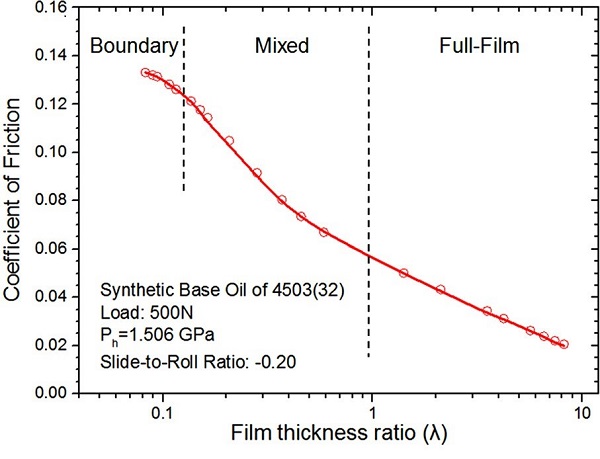 Figure 3—Experimental Stribeck curve for counterformal contact
Figure 3—Experimental Stribeck curve for counterformal contact
Discussion
The Stribeck curve was developed for journal bearings, which have conformal contact where the shaft journal conforms closely to the bearing bore. Under conformal contact, the peak contact pressure in a journal bearing is low (typically 5 MPa), film thickness is relatively high (typically 50 µm), and elastic deformation of the journal and bearing are insignificant. Under these conditions, the lubricant obeys Newton’s law of viscous flow.
In contrast, gears have counterformal contact, high contact pressure (typically 2,000 MPa, or 3 orders higher than a journal bearing), low film thickness (typically 0.5 µm, or 2 orders less than a journal bearing), and significant elastic deformations of the gear teeth. Under these conditions, the lubricant behaves as a pseudo-solid that exhibits non-Newtonian visco-elastic properties.
Consequently, to make the differences clear, it is best to refer to the operating regime of journal bearings as hydrodynamic lubrication (HL), and the operating regime of gears as elastohydrodynamic lubrication (EHL). Similarly, a Stribeck curve for journal bearings should show the regimes of boundary, mixed-film, and full-film HL, whereas a Stribeck curve for gears should show the regimes of boundary, mixed-film, and full-film EHL.
The Hersey number can be used for conformal journal bearings where the prevailing lubrication regime is hydrodynamic, but it is not appropriate for counterformal contacts of gears where the prevailing lubrication regime is elastohydrodynamic. Currently, other x-axis parameters are used to illustrate how friction varies with film thickness such as specific film thickness as shown in Figure 3.
Conclusions
- Stribeck curves for counterformal contacts such as gears are different than Stribeck curves for conformal contacts such as journal bearings.
- In gears with counterformal contact, both test data and numerical analyses (Ref. 1) show that the friction coefficient continuously decreases as the speed, shear rate, and film thickness increase in the mixed-film and full-film EHL regimes.
- In journal bearings, with conformal contact, friction increases in the full-film hydrodynamic lubrication regime.
- Stribeck curves for journal bearings show boundary, mixed-film, and full-film HL regimes, whereas Stribeck curves for gears show boundary, mixed-film, and full-film EHL regimes.
Recommendations
Add a Stribeck curve to AGMA 925, similar to Figure 3 with a friction coefficient that continuously decreases in the mixed-film and full-film EHL regimes.

References
1. He, T., Zhu, D., Wang, J., and Wang, Q.J. (2017) "Experimental and Numerical Investigations of the Stribeck Curves for Lubricated Counterformal Contacts," Trans. ASME, Journal of Tribology, March 2017, Vol. 139, pp 1-13.
2. Stribeck, R., (1902) “Die Wesentlichen Eigenshaften der Gleit und Rollenlager, Part 1, “Z. Ver. Dtsch. Ing. 46(37). pp. 1341-1348.
3. Stribeck, R., (1902) “Die Wesentlichen Eigenshaften der Gleit und Rollenlager, Part 2, “Z. Ver. Dtsch. Ing. 46(38). pp. 1432-1438.
4. Stribeck, R., (1902) “Die Wesentlichen Eigenshaften der Gleit und Rollenlager, Part 3, “Z. Ver. Dtsch. Ing. 46(39). pp. 1463-1470.
5. Hersey, M.D., (1914) “The Laws of Lubrication of Horizontal Journal Bearings, “J. Wash. Acad. Sci., 4, pp. 542-552.
Related Articles

-
April 2, 2024
-
2024 Trends in Fluid Power
March 1, 2024 -
-
-
Easy Integration
April 2, 2024
-
-
Easy Integration
April 2, 2024 -
The Flexible Factory
April 2, 2024
